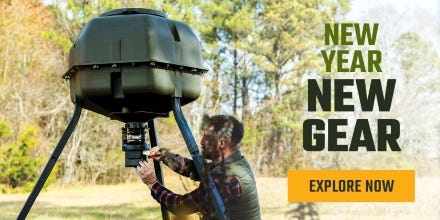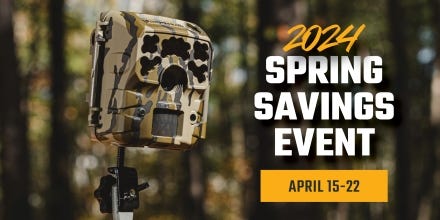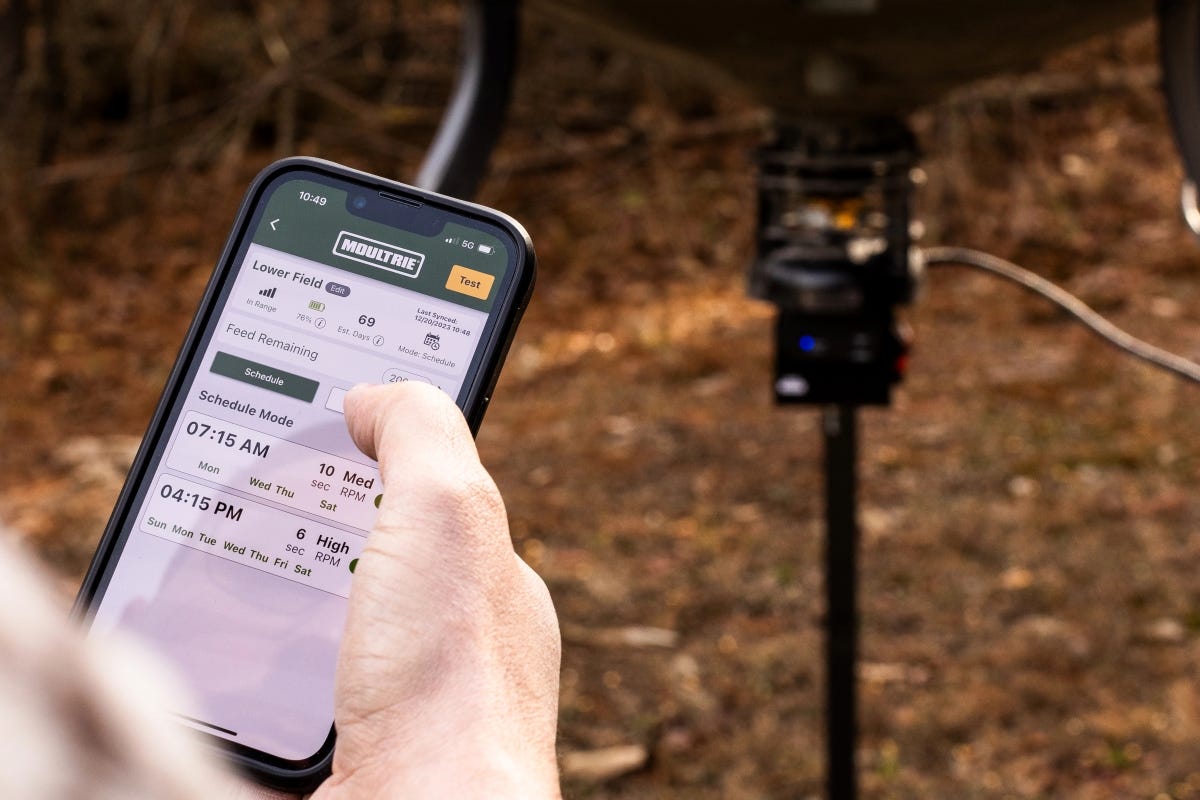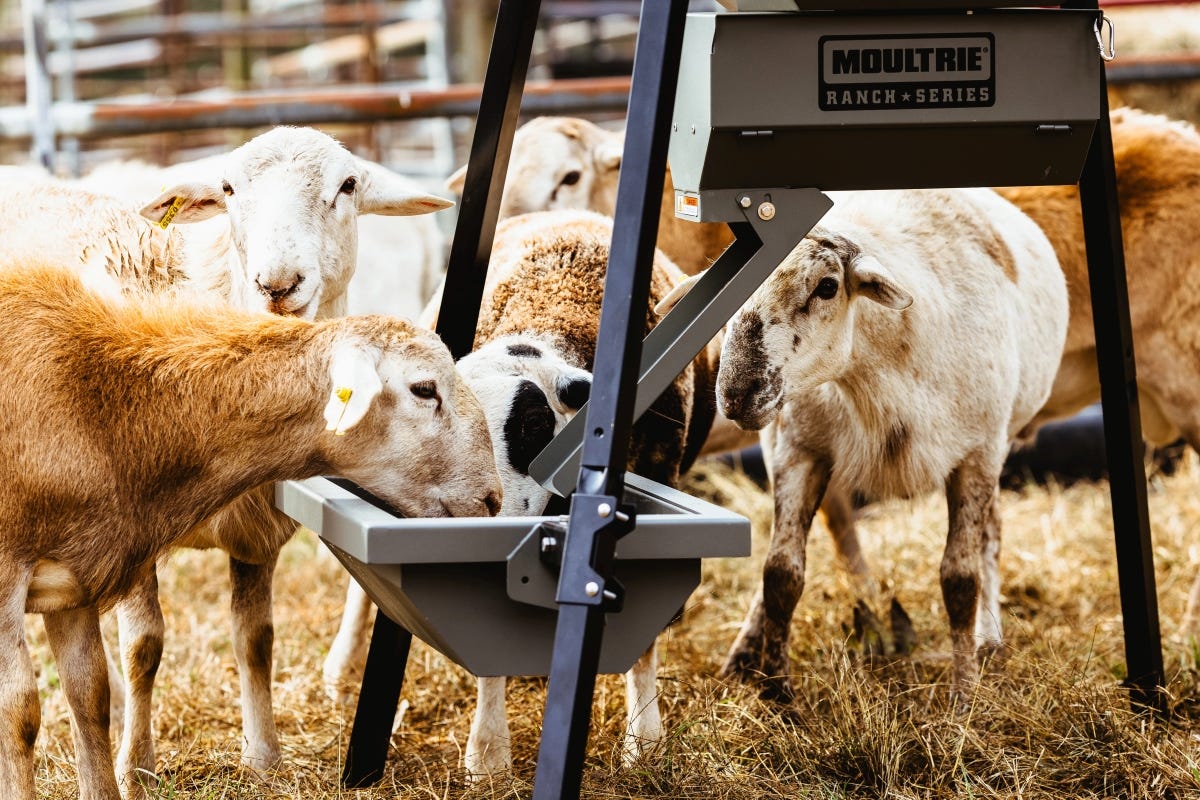- Apr 12, 2019
Scout Predators with Game Cameras
When you manage your property for deer and other wildlife, you’re also managing it for predators. Habitat projects such as food plots, timber stand improvement and prescribed fire help produce more food and better cover for wildlife — in turn increasing the carrying capacity of the land. Habitat improvements benefit everything from mice on up the food chain. The more and better habitat you have, the more predators you will probably have, too. Here are five top spots to focus your trail cameras to see if you have a predator problem.
Food Plots |

Not only are these winter-time bases a big draw to deer, but they also attract and hold rabbits and mice. These small critters are cotton candy to a coyote, bobcat or fox. Before you place a trail camera, think back to the food plots where you regularly had pictures of predators. I’m sure there were certain areas that held more predators than others. These would be ideal locations to setup cameras for predator intel. Food plots with thick bedding cover nearby are great areas, too. Walk the field edges and any muddy spots looking for lots of coyote or bobcat tracks. If it looks like an area where predators are entering or exiting a plot then place your trail camera there.
Cutovers |
Cutovers are excellent predator hideouts. They provide great thermal cover for cold days and nights and are loaded with rabbits and rodents. Ideal cutovers to target for camera deployment are ones that have dirt roads running next to them or intersecting them. Walk or drive these dirt roads to look for concentrations of predator tracks entering or exiting the thickets. This is where you’ll want to place a trail camera to ensure you’re gathering up-to-date information.
Dirt Road Intersections |
Dirt roads, ATV trails and utility rights-of-way are literally highways for predators. The later into winter it gets, the more predators are on the prowl looking for food. Coyotes are also in the heat of mating season, which keeps them wandering their territory in late winter and early spring. Some of the best places to get photos of coyotes is where two or more of these predator highways intersect. Locate these intersections on a satellite image or map and then go take a look to see if there are in fact predator tracks in the road. Better yet, you might find scat piles, which typically mean a predator is frequenting an area if there are multiple piles of scat in the road. Place a camera at each intersection with the most predator sign.
Carcass Pile |

If the land you hunt is managed for deer hunting, then there is probably a designated carcass or gut pile on the property. Start setting cameras on these locations as soon as possible after season. Coyotes and other predators will frequent these areas as long as there is still meat on the bone.
Deer Feeders |
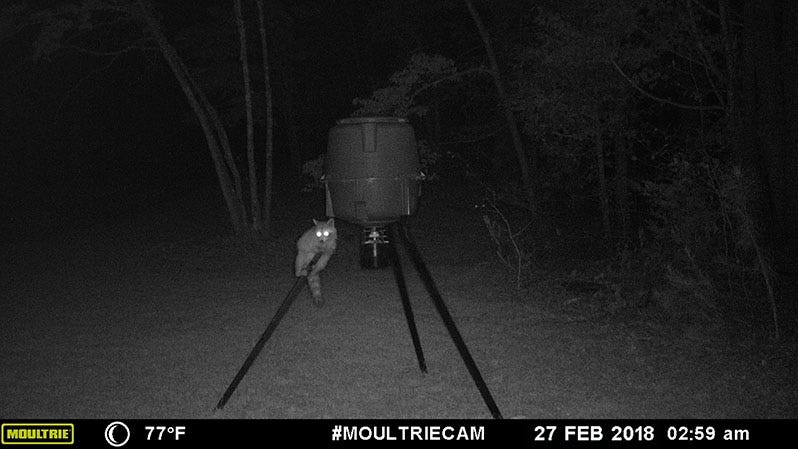
You’ll find coyotes and bobcats around deer feeders, but the main culprit you’ll find are raccoons. Sure, raccoons aren’t going to do damage to your fawn crop, but they can be hell on turkey nest. Raccoons, possums and skunks are major predators of the eggs of ground-nesting birds such as turkey and quail. If you desire to increase your turkey population then by all means monitor your raccoon population, too. You might need to start a trapping program to get them under control.
You might be surprised by your findings once you start targeting predators with game cameras. If you do realize you have way more predators than you thought, then it might be time to do something about it. Finding a local trapper or hiring a professional one is typically the most effective way to reduce predator numbers. However, a quality professional can cost up to a couple thousand dollars. The other option is to give permission to a local predator caller to help thin some coyotes. The third option, and one of my favorites, is to use your new-found intel to setup and call the predators in yourself. Predators can be patterned just like deer, but if you have an area where you have predators on the same camera every day, then you know they are living in the area and this is an ideal place to go call. Be sure to play the wind right, just like deer hunting, and get ready to be hooked on a new hunting adventure!

